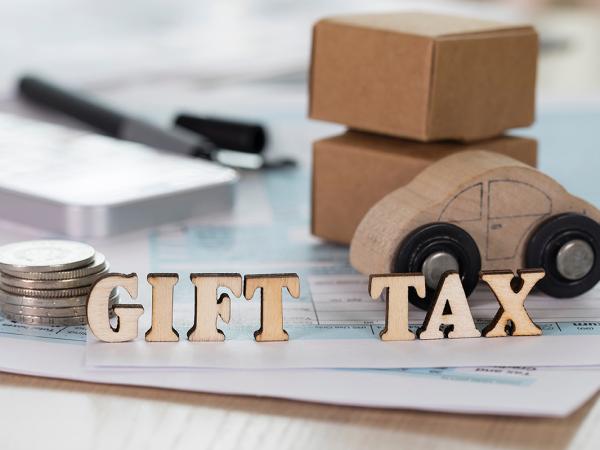Selling shares and other assets
On this page, we discuss some of the capital gains tax (CGT) consequences of selling assets other than your home, such as shares and personal belongings.

Content on this page:
Shares
Below we try to explain as simply as possible the rules that apply to the purchase and disposal of your shares in public companies such as BT Group plc or Tesco plc. It is intended to help you work out the capital gain or loss if you have disposed of shares. For most people, with modest shareholdings, any gain from the sale of shares will probably fall within the annual exempt amount.
We normally refer to purchases and sales as these will be the most common events, but remember that a CGT charge can also arise when shares are gifted.
If your circumstances are more complicated – for example if there has been a reorganisation of your shareholding by the company involved or if you got some free shares – you should talk to HMRC or seek professional advice.
Shares of the same class in the same company are identical. Suppose you have a holding of 10,000 Agapanthys plc 25p ordinary shares acquired at different times for different prices. You then sell 2,000 shares. To calculate the gain, you need to know firstly, which shares you have sold and secondly, how much they cost.
For historical reasons, shares of the same class in the same company may be grouped in different ways. The following list shows the order that identifies which shares you have sold:
- Purchases on the same day as the sale or disposal
- Purchases within 30 days after the day of sale or disposal
- The rest of the shares you hold (these are treated as being held in a pool and acquired at their average price)
- Purchases more than 30 days after the day of sale or disposal
Any shares you held before 31 March 1982 are treated as if you bought them at what they would have cost on that date – we call this the 31 March 1982 value.
You can find some basic information on calculating gains on shares on GOV.UK.
You can find some detailed information in HMRC’s helpsheet 284 on GOV.UK.
Business asset disposal relief
Business asset disposal relief (called entrepreneurs' relief before 6 April 2020) may apply to you if you dispose of the whole or part of a trading business, or shares in a trading company in which you have a qualifying interest. It can also apply if, after you have ceased trading, you dispose of assets that were used in the business.
You have to make a specific claim for this relief on a self assessment tax return. You must claim the relief in respect of a qualifying business disposal on or before the first anniversary of the 31 January following the tax year in which you made the qualifying business disposal.
We do not explain the relief further here, but you might wish to read HMRC’s helpsheet 275 for more information. You can find this on GOV.UK.
This can be a complicated area so if you think the relief applies to you, you should contact HMRC or a tax adviser for further advice.
Cryptoassets
We discuss cryptoassets separately here.
Personal belongings
Personal belongings (or ‘chattels’) where the sale proceeds (or value when given away) are less than £6,000 are free from CGT. The asset must be tangible (that is, you can touch it) and moveable – for example, a painting, jewellery (though see below regarding antique watches) or piece of furniture.
There are some further rules where a chattel is sold for more than £6,000 but was purchased for less than £6,000. You can read more about the ‘chattel’ rules on GOV.UK.
Personal belongings with a limited lifespan
Different rules apply if you sell an asset with a predictable life of not more than 50 years. Such assets are exempt from CGT entirely provided they have not been used for business purposes.
If the asset qualifies as ‘plant and machinery’ then it will be deemed to have a predictable life of less than 50 years – even if it lasts longer or is already more than 50 years old. For example, classic cars, antique clocks and watches are considered by HMRC to be ‘machinery’ and are therefore exempt from CGT when sold.



